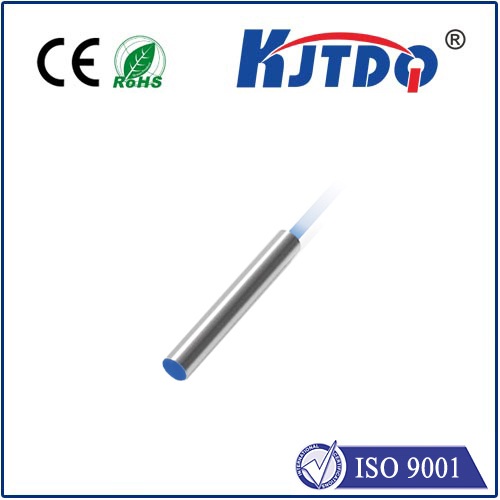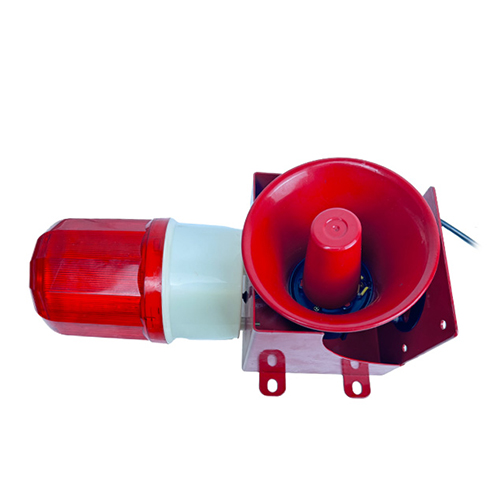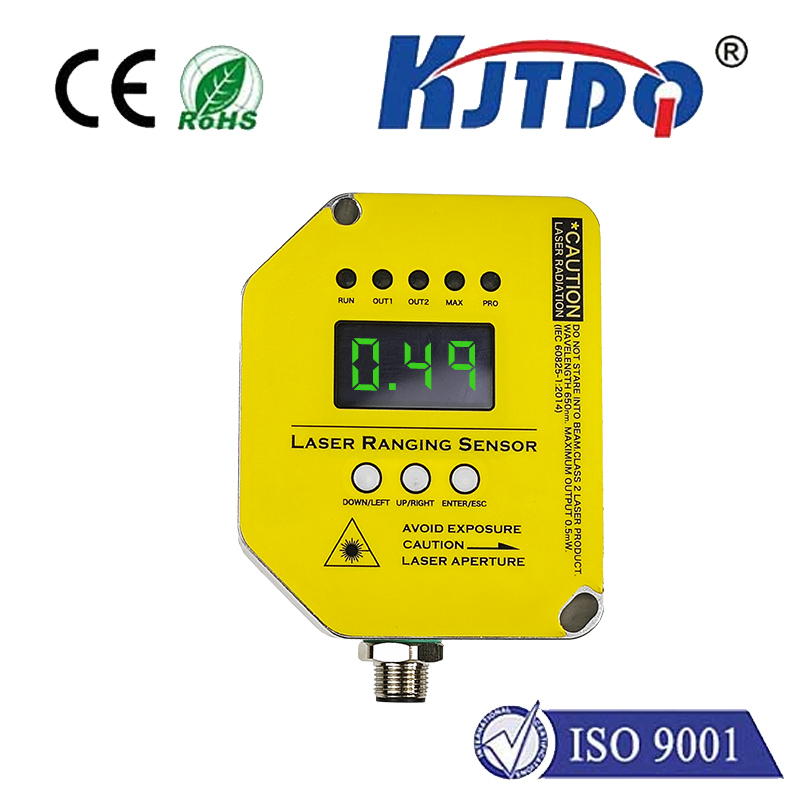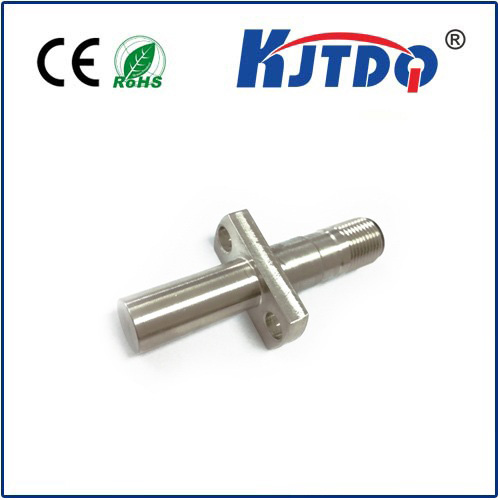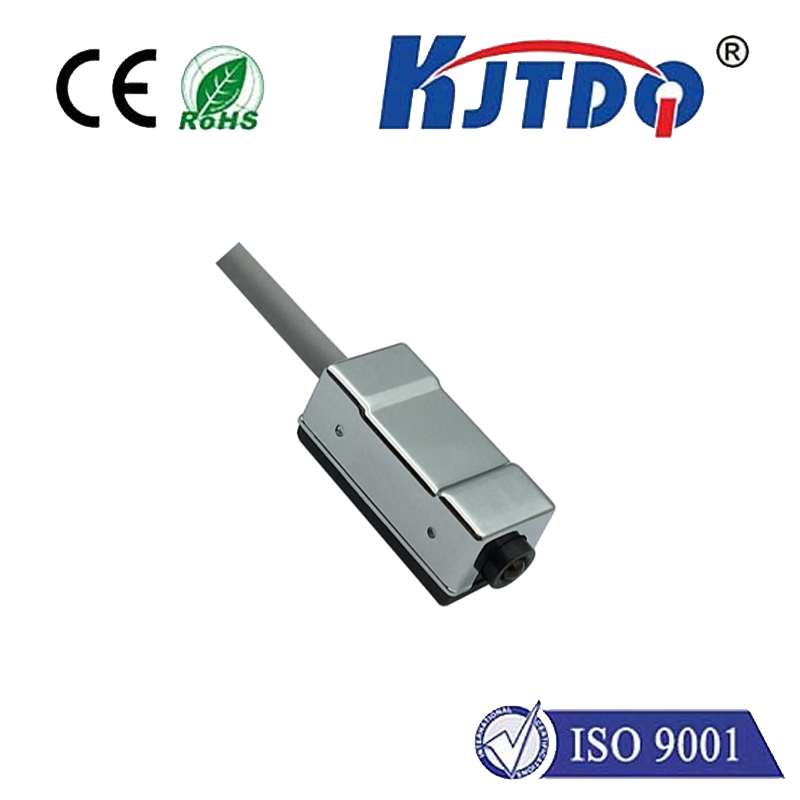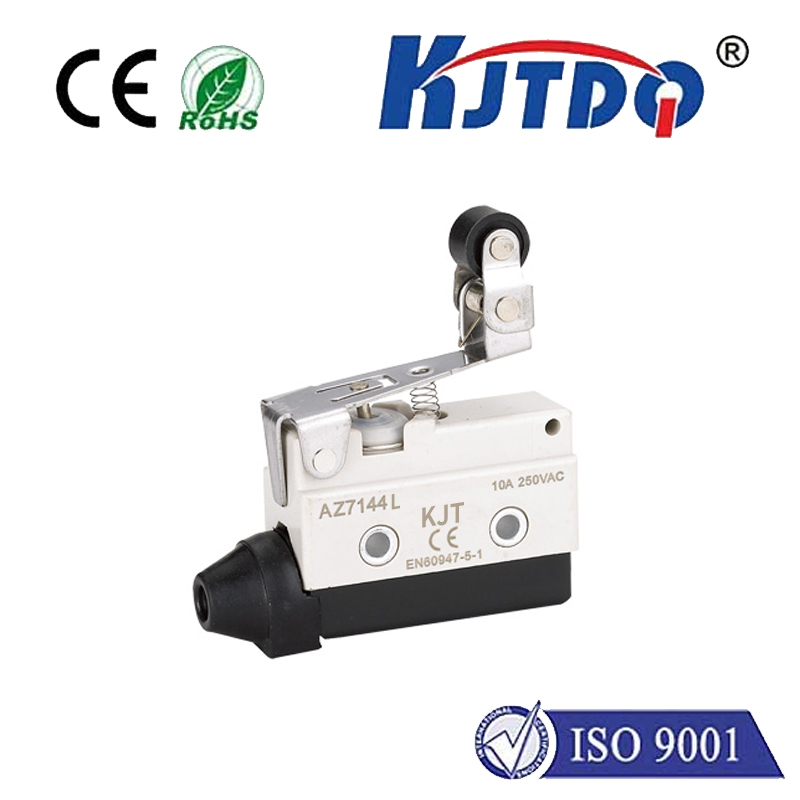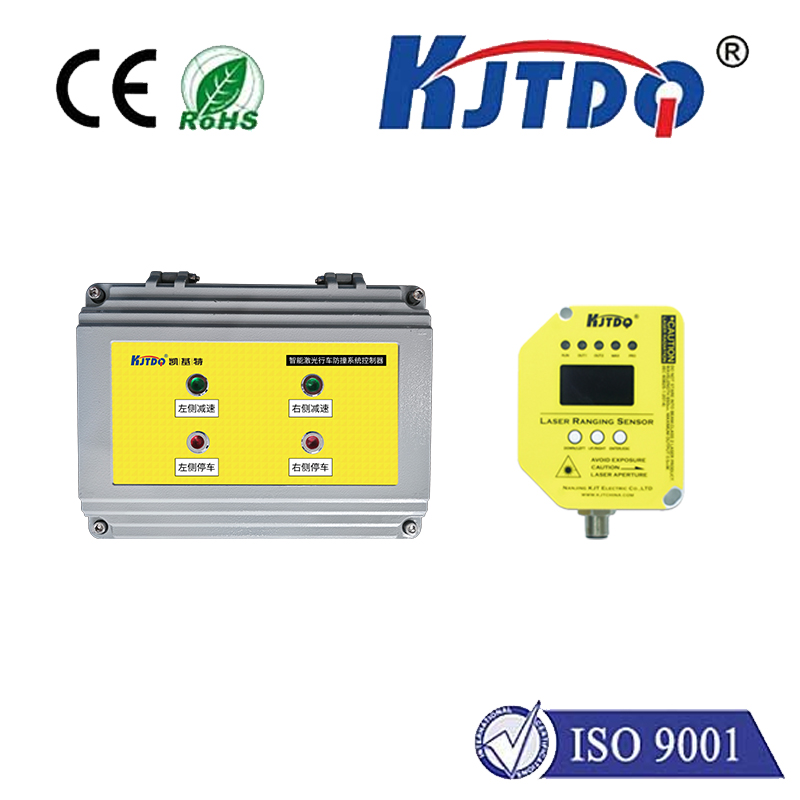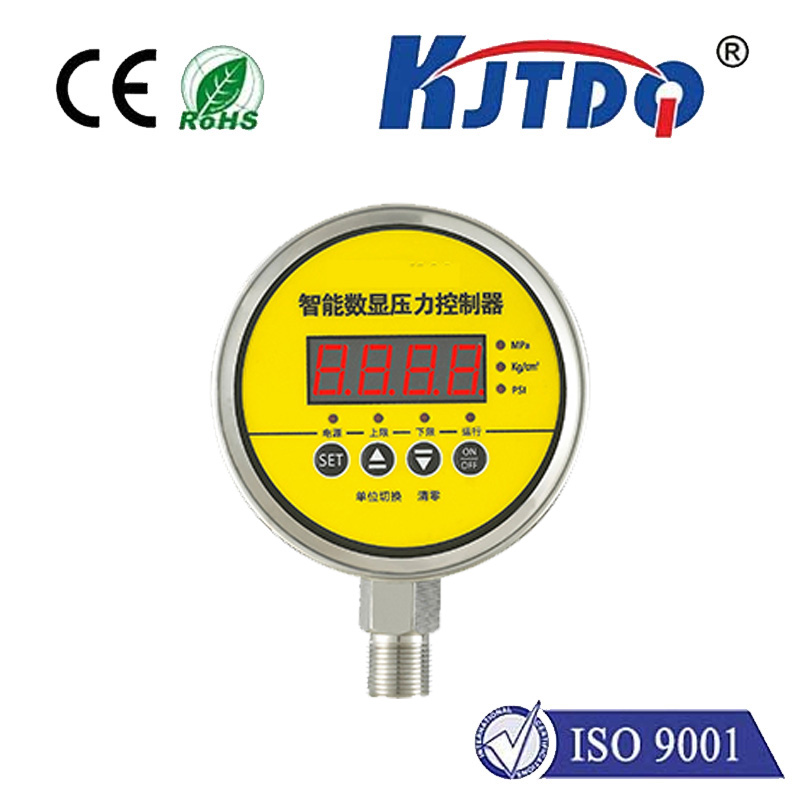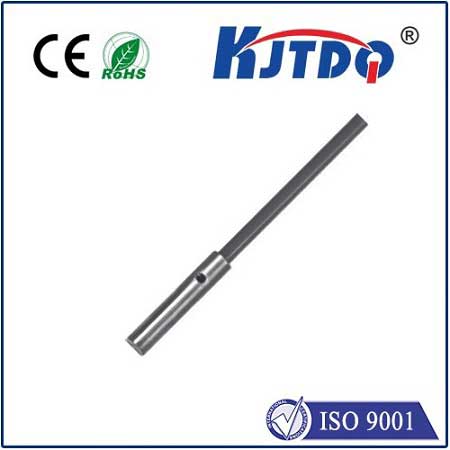ceramic sensor
- time:2025-08-23 02:32:17
- Click:0
Ceramic Sensors: The Unbreakable Innovation Powering Our Sensitive World
Imagine technology that thrives where others fail: inside scorching jet engines, submerged in corrosive chemicals, or subjected to relentless vibration. This isn’t science fiction; it’s the everyday reality enabled by ceramic sensors. These remarkable devices, crafted from specialized inorganic, non-metallic materials, are quietly revolutionizing how we measure, monitor, and control countless aspects of our modern world. Their unique blend of durability, precision, and versatility makes them indispensable across industries demanding reliability in the harshest conditions.
Beyond Clay: The Science Behind Ceramic Sensing
Unlike their artistic counterparts, ceramic sensors leverage carefully engineered materials. Think alumina (aluminum oxide), zirconia (zirconium dioxide), titanates, and piezoelectric ceramics like PZT (Lead Zirconate Titanate). These materials undergo precise processing – mixing, forming, and high-temperature sintering – to achieve specific microstructures and properties crucial for sensing. The magic lies in how these ceramics interact with their environment:
- Piezoelectric Effect: Certain ceramics generate an electrical charge when mechanically stressed (e.g., pressure, vibration, acceleration). Conversely, applying electricity makes them physically deform. This is the cornerstone of countless ceramic sensors like accelerometers, ultrasonic transducers, and fuel injector actuators.
- Resistivity/Thermistor Effect: The electrical resistance of specific ceramic compounds changes predictably with temperature. NTC (Negative Temperature Coefficient) thermistors, vital for precise temperature control, are classic examples of ceramic temperature sensors.
- Ionic Conductivity: Materials like yttria-stabilized zirconia (YSZ) allow oxygen ions to move under certain conditions. This principle is exploited in lambda sensors, the crucial ceramic sensors monitoring oxygen levels in automotive exhaust for efficient engine control and emission reduction.
- Capacitive Changes: The dielectric properties of ceramics can be altered by external factors like humidity or gas presence. This enables highly sensitive ceramic humidity sensors and various gas detection applications.
Why Ceramic? The Compelling Advantages

The surge in adoption of ceramic sensor technology isn’t accidental. It stems from inherent advantages difficult to match with other materials:
- Extreme Environment Champions: Ceramics boast exceptional thermal stability. They operate reliably at temperatures where metals soften and polymers melt – think furnace monitoring or aerospace applications. Their inherent corrosion resistance makes them ideal for harsh chemical processing plants or biomedical environments.
- Unmatched Durability & Longevity: Highly resistant to wear, abrasion, and mechanical degradation, ceramic sensors offer long service life and reduced maintenance needs. This robustness translates to lower lifetime costs and enhanced system reliability.
- High Sensitivity & Stability: Engineered ceramics can exhibit remarkable sensitivity to minute changes in pressure, force, temperature, or chemical composition. Furthermore, they often demonstrate excellent long-term signal stability, essential for consistent and accurate measurements.
- Versatility in Form & Function: Advanced manufacturing allows ceramic sensors to be shaped into intricate miniaturized components or complex structures, catering to diverse spatial constraints and application requirements.
- Tailored Electrochemical Properties: Through precise doping and composition control, ceramics can be optimized for specific sensing tasks, such as selective ion detection or particular catalytic reactions.
Where the Magic Happens: Ubiquitous Applications
The impact of ceramic sensors permeates nearly every sector:
- Automotive: Beyond the ubiquitous lambda sensors, piezoceramics power knock sensors, tire pressure monitoring systems (TPMS), airbag deployment sensors, and ultrasonic parking sensors. Their reliability under the hood is paramount.
- Industrial Process Control & Automation: Monitoring temperature within kilns (crucial ceramic temperature sensors), pressure in hydraulic systems, fluid levels, flow rates, and detecting hazardous gases rely heavily on robust ceramic sensing elements.
- Healthcare & Medical Devices: Piezoelectric ceramics are fundamental in ultrasound imaging probes for diagnostics and therapy. They also enable precise drug delivery systems, ventilator sensors, and implantable devices requiring biocompatible, long-term stable sensing.
- Consumer Electronics: Accelerometers and gyroscopes in smartphones/gaming controllers (often MEMS devices incorporating piezoceramics), humidity sensors in weather stations and smart home devices, and microphones frequently utilize ceramic components.
- Energy & Environment: Monitoring emissions (particulate matter, gases), optimizing combustion efficiency in power plants, and sensing parameters in renewable energy systems (solar, wind) leverage ceramic sensor resilience.
- Aerospace & Defense: Surviving extreme vibration, shock, and temperatures makes ceramic sensors critical for engine monitoring, structural health assessment, navigation systems, and various avionics.
Navigating the Challenges: Not Without Limits
Despite their strengths, ceramic sensors face specific limitations that engineers actively mitigate:
- Intrinsic Brittleness: While incredibly hard, ceramics are susceptible to fracture under impact or excessive tensile stress. Careful design, mounting, and protective packaging are essential.
- Complex Manufacturing & Cost: Producing high-precision, defect-free ceramic sensing elements with consistent properties often involves complex, energy-intensive processes, impacting initial cost compared to some alternatives.
- Signal Conditioning Needs: The output signals from some ceramic sensors (especially piezoelectric types) can be low-level or high-impedance, requiring sophisticated signal conditioning electronics nearby.
- Integration Challenges: Combining ceramics with other materials (metals, polymers) in miniature devices can pose challenges related to thermal expansion mismatches and long-term bonding reliability.
The Future: Smarter, Smaller, More Integrated
The evolution of ceramic sensor technology is dynamic. Key trends include:
- MEMS Integration: Combining microfabrication techniques with ceramic materials is creating a new generation of highly miniaturized, low-power, yet robust MEMS ceramic sensors for pressure, inertial sensing, and more.
- Multifunctional Sensors: Developing single ceramic sensing elements capable of detecting multiple parameters (e.g., temperature and pressure simultaneously) is a growing focus.
- Advanced Materials: Research into novel ceramic composites, nanostructured ceramics, and lead-free piezoelectrics promises enhanced performance, broader sensing capabilities, and improved environmental sustainability.
- Wireless & IoT Integration: Enabling ceramic sensors to operate wirelessly and transmit data seamlessly to IoT platforms is crucial for large-scale monitoring systems in smart factories, cities, and agriculture.
From ensuring your car runs cleanly to enabling life-saving medical ultrasounds, ceramic sensors are the resilient, high-performance workhorses of modern sensing. Their unique material properties solve critical measurement challenges where other technologies falter. As materials science advances and integration deepens, these unbreakable innovators will continue to expand their reach, driving progress in automation, sustainability, healthcare, and beyond, sensing our world with ever-greater precision and resilience.






